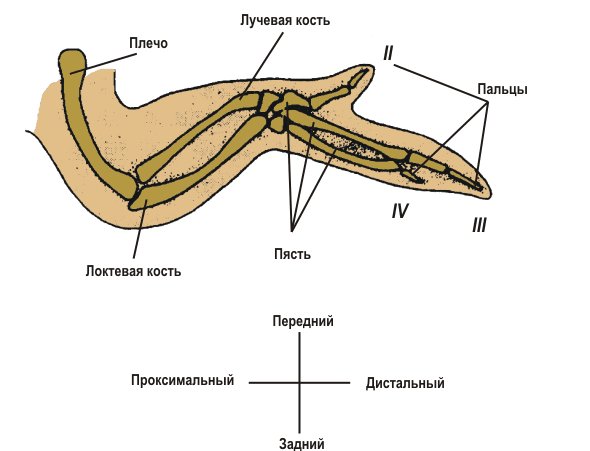CRYTICAL TELOMERE SHORTENING REGULATED BY ATM
CRYTICAL TELOMERE SHORTENING REGULATED BY ATM ACTS AS A DNA DAMEGE SIGNAL LEADING TO ACTIVATION OF p53 PROTEIN AND LIMITED LIFE-SPAN OF HUMAN DIPLOID FEBROBLASTS H. Vaziri Ontario Cancer Institute, 610 University Ave, 9-321, Tororto. Ont M5G-2M9, Canada; fax: (416)946-2065, E-mail: Va:iri@oci.'.itoronto.ca Submitted August 14, 1997 Somatic cells undergo a limited number of doublings in culture and enter an irreversible block in the Gl and G2/M phase of cell cycle termed <Senescence>. Telomere shortening presumably as a consequence of end- rep-lication problem has been proposed to act as a mitotic clock eventua ly leading to cellular senescence. Several models have been proposed to explain how telomere shortening can ead to cellular senescence. We proposed previously that telomere shortening may eventually lead to formation of dicentric chromosomes which up on subsequent breakage activate a DNA damage response pathway involving p53 protein. Hence we proposed that the telomere shortening signal is perceived by the cell as DNA damage Recently we have obtained experimental evidence that p53 protein is activated posttranslationally in human fibrcblasts which undergo telomere shortening and subsequent senescence in culture. In this paper we also show that the increase activity of p53 protein coincides with formation of dicentric chromosomes and senescence. We have previously also found that the increase in the level of the down stream target of p53 protein, р21% ^F1/SDII/CIP1, is dependent on both p53 and рЗОО proteins. We have also shown that fibroblasts obtained from individuals with Ataxia Telangiectasia lose telomeric DNA at an accelerated rate, activate p53 protein and mdergo premature senescence in culture. These results suggest that ATM and p53 are involved in surveillance and regulation of telomeric DNA. Once a critical length of telomeric DNA is reached, ATM and p53 sense jind relay this signal to cell cycle leading to senescence. KEY WORDS: p53, p21, ATM, senescence, telomere, aging, fibrobla.ts. DNA damage.
